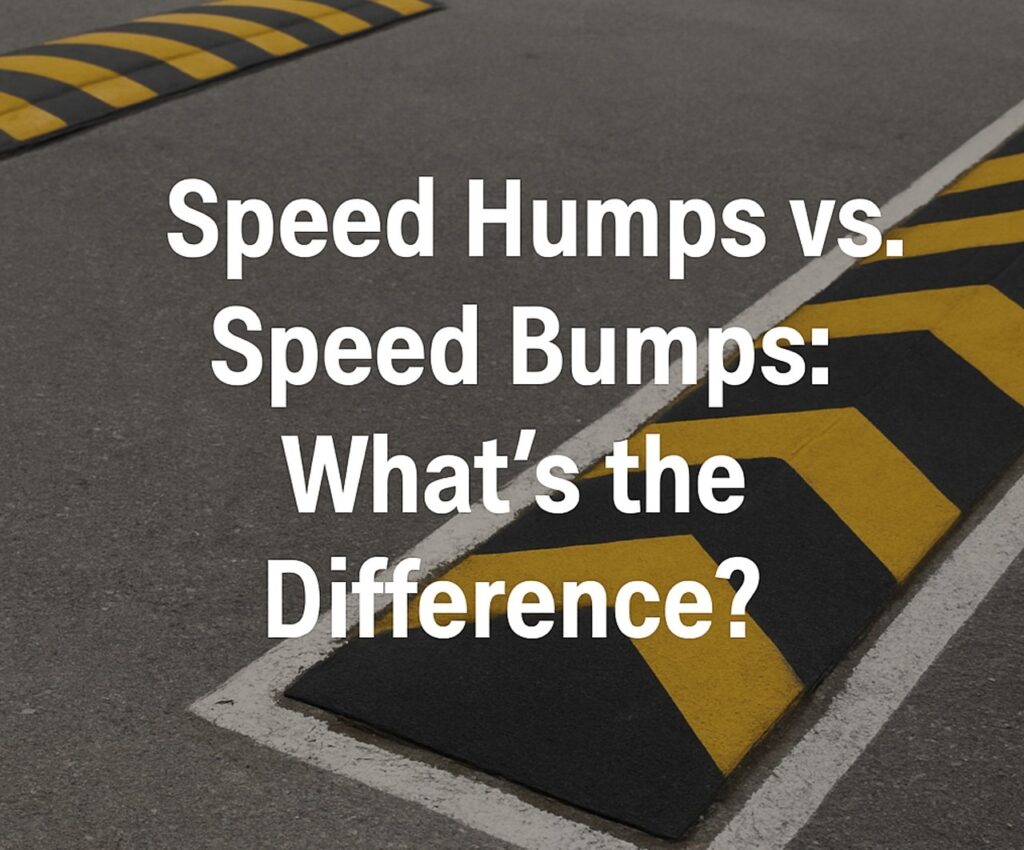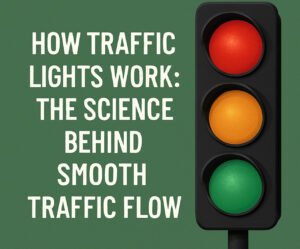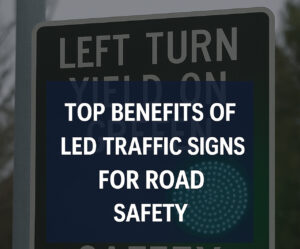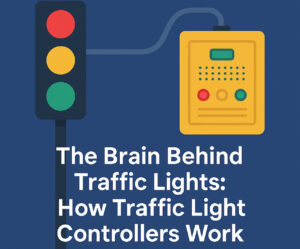When driving through residential neighborhoods or commercial districts, many drivers will inevitably encounter both speed humps and speed bumps. Though they may appear similar at first glance, their design and purpose differ significantly. Speed bumps are generally shorter and steeper, designed to force drivers to slow down quickly, typically found in parking lots or private roads. On the other hand, speed humps are longer and less abrupt, intended for gradual deceleration in areas like residential streets. Understanding these differences is crucial for both road safety and driving comfort, as the speed at which each should be approached varies depending on the device’s design and intended use. Know more..
The Basics: What Are Speed Humps and Speed Bumps?
Both speed humps and speed bumps are raised traffic control devices designed to reduce vehicle speed. They both slow down traffic, but their specific shapes, sizes, and locations are what make them distinct. Generally speaking, humps are longer with a gentler incline, while bumps are short and steep. Though both types of devices are used to enforce speed limits, bumps are often placed in areas where very slow speeds are necessary, while humps are better suited for areas where traffic still needs to move but at a slower pace.
Speed Bumps: The Short, Steep Control Device
Speed bumps are typically found in parking lots, driveways, or places with limited traffic flow. These short and steep raised areas are designed to reduce vehicle speed to a crawl. When driving over a speed bump, you can expect to experience a sudden vertical jolt that forces drivers to slow down considerably. The speed bump speed is usually very low, often reducing vehicle speeds to around 5 mph or even slower.
Speed bumps are effective at controlling speed in high-risk areas, such as school zones, private property, and areas where pedestrians are likely to be present. Their purpose is clear: keep vehicles at an extremely low speed to prevent accidents and improve pedestrian safety.
Speed Humps: The Longer, Gentler Approach
On the other hand, these traffic calming measures are commonly used on public roads, particularly in residential or urban areas. Unlike speed bumps, they are longer and have a more gradual incline. This design allows vehicles to pass over them more smoothly without causing the same abrupt jolts. Drivers typically need to slow down to 15 to 20 mph rather than coming to a near stop.
Speed humps are ideal for calming traffic in neighborhoods and other areas where moderate traffic flow is still necessary. While they do reduce speed, they also allow vehicles to maintain a more natural driving rhythm, ensuring that drivers don’t feel too uncomfortable or frustrated while driving through.
Key Differences Between Speed Humps and Speed Bumps
While both are designed to control vehicle speed, there are several key differences between speed humps and speed bumps:
- Size and Shape: Speed bumps are shorter (usually 2 to 4 feet long) and have a steep incline. In contrast, speed humps are much longer (often 10 to 14 feet) with a more gradual incline.
- Speed Requirements: Speed bumps are designed for low-speed areas, often requiring vehicles to slow to 5 mph or less. It allow slightly faster speeds but still reduce traffic speeds to a safer level, usually 15 to 20 mph.
- Location: Speed bumps are often found in parking lots, private roads, or areas with very low traffic flow. Speed humps, however, are more common in residential neighborhoods, streets near schools, or other public roads where traffic is expected to maintain a steady flow but still needs to slow down.
- Comfort and Impact on Vehicles: The sharp rise of speed bumps can be jarring to vehicles, especially those with low clearance. Speed humps are less disruptive, making them more suitable for longer stretches of road where continuous, smooth traffic is desirable.
The Role of Speed Humps and Speed Bumps in Road Safety
Both speed humps and speed bumps are essential tools in the traffic-calming toolkit. They are designed to protect pedestrians and cyclists and reduce the likelihood of high-speed accidents in areas where people tend to be more vulnerable.
In high-density residential areas, speed humps help ensure that drivers follow posted speed limits, preventing accidents that might occur when drivers speed through neighborhoods. Similarly, speed bumps in parking lots or school zones make sure that vehicles don’t travel too quickly in areas where people are walking or playing.
The Effectiveness of Speed Humps and Speed Bumps
Both of these traffic calming measures are highly effective at reducing speed, though they serve different purposes. While one is ideal for slowing vehicles to an almost complete stop, it tends to be more intrusive and less comfortable for frequent drivers. The other strikes a balance between reducing speed and maintaining a smoother driving experience.
Research has shown that the gentler option can lower average vehicle speeds by up to 15 mph, while the more abrupt design can reduce speeds even further. This significant drop in speed plays a crucial role in minimizing the risk of serious accidents, particularly in areas with heavy pedestrian activity.
Maintenance and Installation Costs
Both of these traffic calming measures are relatively inexpensive to install compared to alternatives like traffic signals or roundabouts. However, the version with the sharper vertical rise can be more difficult to maintain over time, especially when constructed from materials like asphalt or rubber, as they tend to wear down quickly under constant traffic.
In contrast, the gentler design of their counterpart often results in longer durability and reduced maintenance needs. When built with weather-resistant materials, they can offer an even greater lifespan, making them a cost-effective option for long-term traffic control.
Legal Considerations for Speed Humps and Speed Bumps
Before installing either speed humps or speed bumps, municipalities and property owners must check local regulations and traffic laws. Different regions have varying rules about the placement, size, and type of traffic-calming devices that are permitted.
In general, its more likely to be approved for public roads, as they provide a smoother ride while still significantly reducing traffic speed. Speed bumps, on the other hand, are more likely to be found in private properties, parking lots, and locations with minimal traffic flow.
Conclusion: Which One Is Right for You?
Whether it’s a speed hump or a speed bump, these traffic calming tools play vital roles in managing traffic and enhancing road safety. The choice between them depends on various factors such as location, traffic volume, and speed limits. If you’re planning a neighborhood street or overseeing a school parking area, understanding the distinctions between these devices and their associated speed guidelines is essential.
Used correctly, they help cities and property managers create safer environments for both drivers and pedestrians. So the next time you encounter one or think about the ideal speed for crossing it, you’ll have a clear understanding of its purpose in promoting safer roads.





